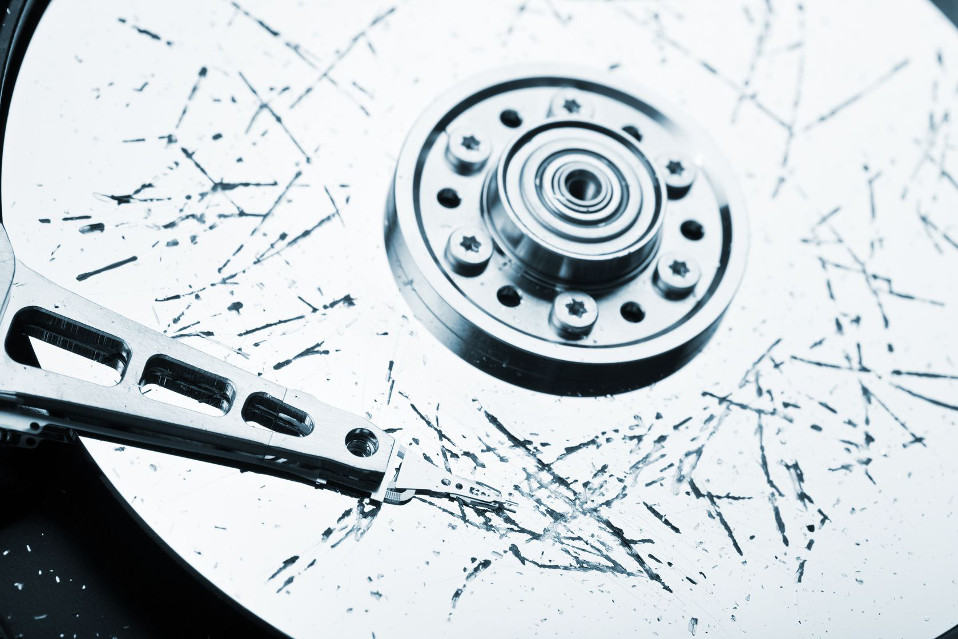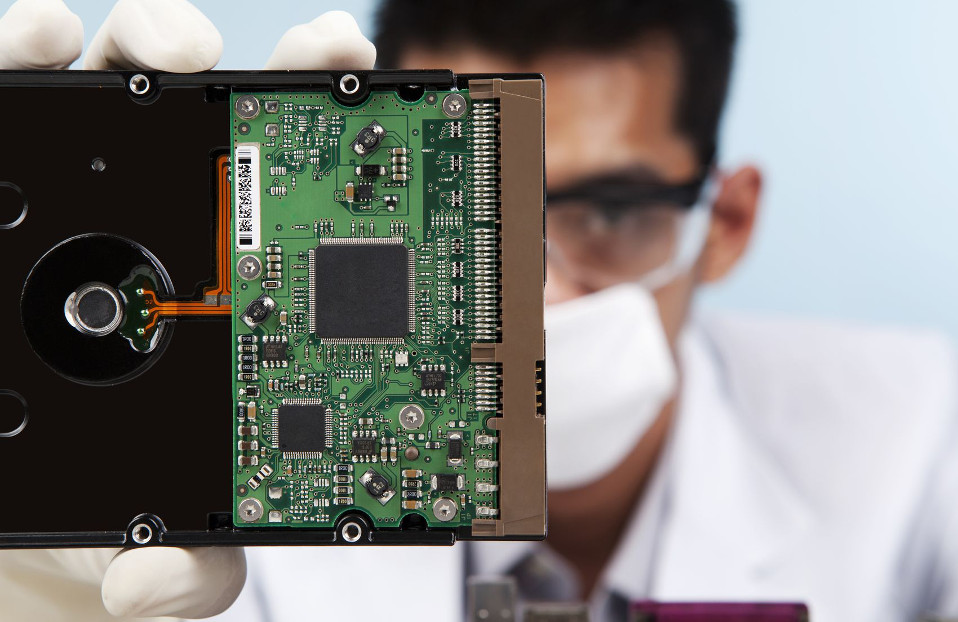Data Recovery and Disk Repair: A Guide to Software and Services
Depending on the severity and nature of your hard drive problems, data recovery solutions can range from free software to expensive services.
Hard Drive Recovery: Software and Services
Why you can trust Tom's Hardware
If a disk drive fails, would you know how to get your data back? For many consumers and small to midsize businesses, the first step is purchasing or downloading free data recovery software. This might work if the only problem is an accidentally deleted file since the data isn’t really gone from the disk, but homebrew remedies can be problematic and perhaps permanently destroy the data if proper precautions are not taken.
There are numerous consumer products for simple data recovery, such as a getting back a deleted file, a deleted disk partition, or data from a damaged disk sector. Microsoft Windows’ built-in CHKDSK command, which has been around since the DOS days, can identify and remap damaged sectors. Commercial products such as R-Studio, Ontrack EasyRecovery, Stellar Phoenix, and several others can recover deleted or reformatted disk partitions on a variety of storage devices, including internal and external drives, USB thumb drives, and SD Cards.
Backup and disk imaging products, such as Acronis True Image, StorageCraft ShadowProtect, Marcium Reflect, Symantec’s Norton Ghost and many others are able to create full disk images that are exact duplicates of the original disk. Differential and incremental images can be added after the original image is created, reflecting all changes from the time the image was made until the most recent update. If anything happens to the original drive, the image can be used to restore anything from a single file to the entire disk back to a known, working condition. An image backup includes everything on the disk, including hidden and system files that a file-based backup would not include. Many of the popular commercial products also have free trial versions or freeware versions that have limited capabilities.
While these approaches can work for some lost data, they are ineffective when a drive has a physical problem. What's more, while these approaches are often effective, they involve overwriting the source hard disk and could have unintended consequences, such as potentially overwriting a good file with a corrupt one.
Finding a professional qualified to recover data is difficult because there is a dearth of proper training and certifications. Anybody today can hang out a shingle that says they do data recovery. Whether or not they can, at least without putting the rest of the data on the drive at risk, however, is questionable.
Very few states have license requirements for computer forensics experts, let alone computer repair depots, says Steven Burgess, founder of Burgess Consulting & Forensics in Santa Maria, CA, and a 20-year veteran of the data recovery industry. In Texas, for example, a private investigator’s license is required for any disk data recovery, he says. This differs from other states where the PI license is only required when the data from the hard drive will be used in court and must be handled as evidence.
Burgess says that roughly 60 percent of the disk recovery projects he sees can be repaired with software only. Sometimes consumer-grade software can do the job but sometimes that same consumer-grade software might overwrite important data. The remaining 40 percent are equally divided between physical disk failures, such as a head crash, or failures in a RAID environment. While the disk failures in RAID sometimes can be repaired just using software, failures with RAID configurations can require different repair protocols.
Consumers should not try any do-it-yourself attempts to recover data if the hard disk is making noises, such as clicks or chirps, Burgess says. Sounds and smoke indicate a physical failure that rarely can be fixed with software.
Current page: Hard Drive Recovery: Software and Services
Next Page Data Recovery Services: Selection AdviceGet Tom's Hardware's best news and in-depth reviews, straight to your inbox.
-
TyrOd Everyone on this list without exception uses PC-3k. I know this for a fact.Reply
When you askedabout their "advanced recovery" you should have asked if they design their own imaging hardware/controllers.
Everything else can mean just fluff like spacers for HR changers(Gilware) to things like custom software tools(which everyone should have).
Going down the list here's some more information clarification for the readers:
Hard Drive Manufacturers:
Western Digital lists everyone here because they get paid commissions and want the greatest amount of choices. Platinum Partners on the WD partner site like Drivesavers and Ontrack pay monthly for that placement.
Hitachi and G-Technology who are wholly owned subsidiaries of WD have a separate partner site where they separately list partners(Data rescue Center, Ontrack, Drivesavers, etc...).
Toshiiba has an internal support page, Seagate uses there own SRS for Data Recovery.
IN GENERAL; the Drive manufacturers support organizations know little to nothing about the data recovery process and often make things worse in their attempt to troubleshoot.
A good example(though by far not the only one) is G-Tech's relationship with Data rescue center where Data rescue is a reseller of G-Tech's drive and perpetuates bad assumptions about recovery to peddle their software(they were a software company for 20 years before opening a lab).
Also..."Personal data on a damaged hard disk can be restored, he says, without needing to open any files to confirm the restoration".
This is absolutely not true either and this is just a business model decision.
What ends up happening is Ontrack's end users get "compelted" recovery projects with corrupt data and no recourse.
you would think this happens only for things like individual documents(where you obviously can't tell if there's corruption just by staring at a hex dump) but even things like Virtual Machines/databases being unatachable or corrupt come out of this kind of policy by Ontrack(and others of course).
The raw numbers:
I have a lot of skepticism when it comes to the number of technicians being listed here because I know what a serious top tier Lab like SRS9at least before this year) looks like in terms of it's engineers.
Also I have a BIG problem with any lab that refers to it's engineers as "repair...(something)". data recovery involves the repair of drives incidentally...and there's a significant distinction in professionalism and ethics from those that actually TRY to repair drives and data recovery engineers.
There's a lot more I could talk about here and notable companies that are missing(and some that are oddly inconsistent from the RAID recovery article list), but frankly that's kind of the nature of the industry. unless you've been in the trenches for a while, you cna't really peel back the layers completely.
You did a decent job here, though. Better than i've seen as of yet.
-
Santanu_Saha Thanks Stephen Lawton! for the valuable artical regarding data recovery and disk repair. It will very much helpful for midsize businesses to recover data absolutely free. Backup and disk imaging products, such as Acronis True Image, StorageCraft ShadowProtect, Marcium Reflect, Symantec’s Norton Ghost and many others are able to create full disk images that are exact duplicates of the original disk. It also explain head crash, or failures in a RAID environmentReply

